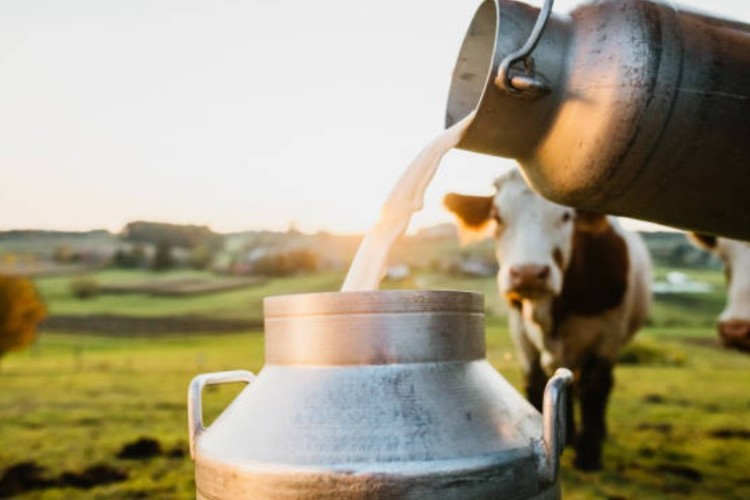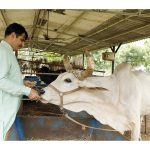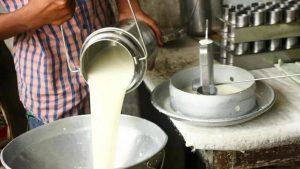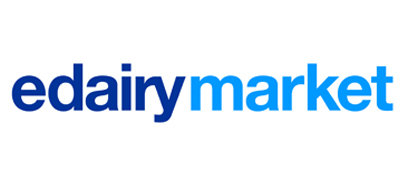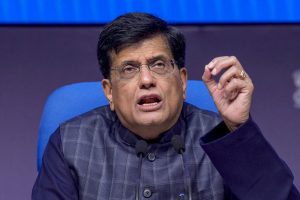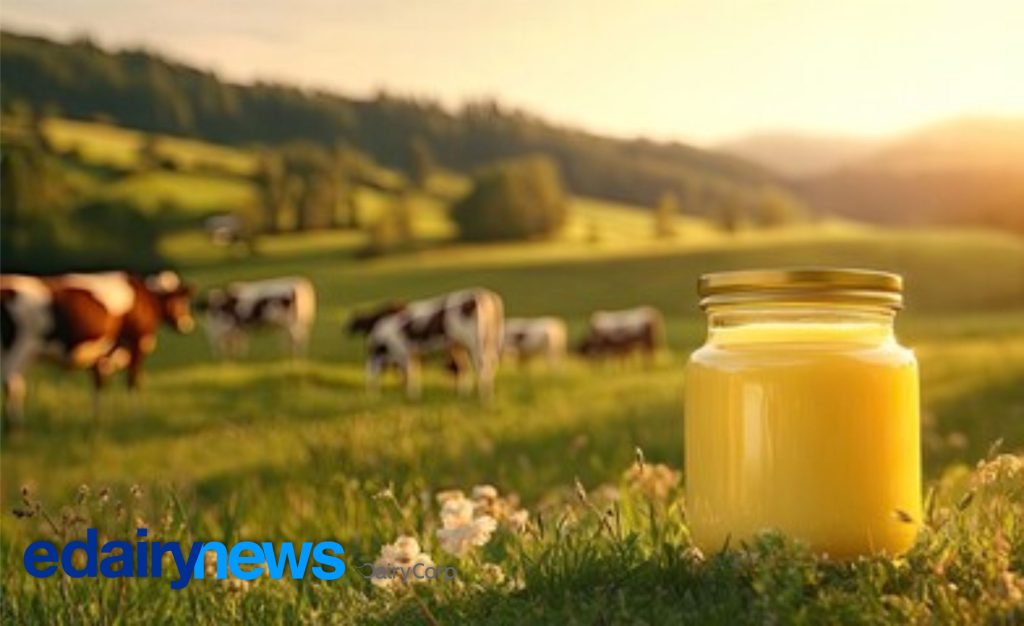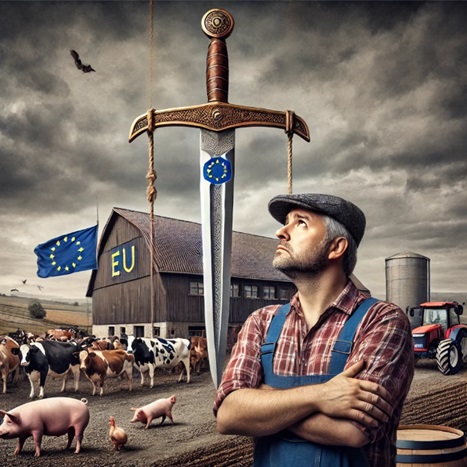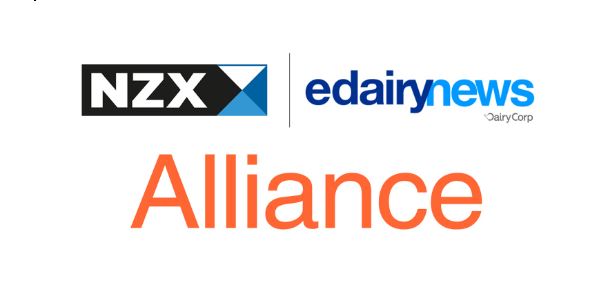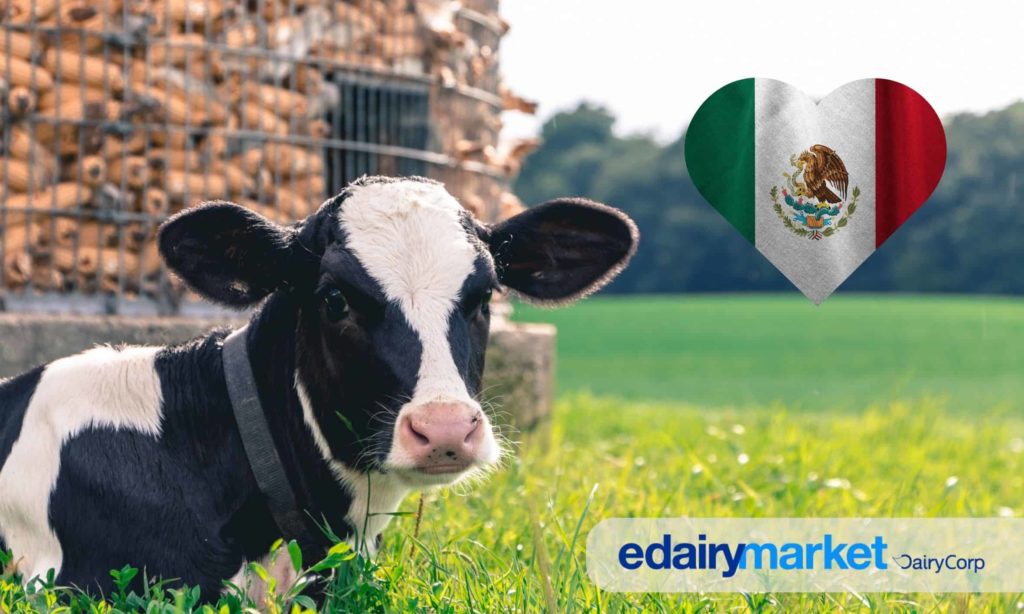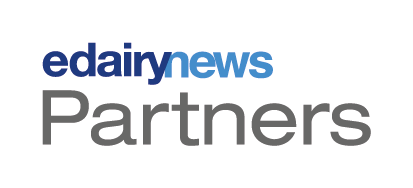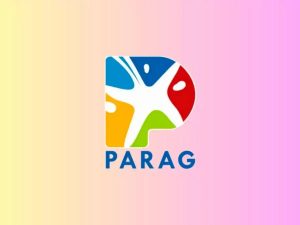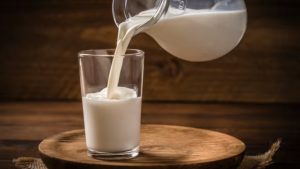
World’s largest milk producer shields cooperatives as premium dairy demand surges 18-22% annually.
India’s dairy industry continues to obstruct the nation’s free trade agreements with major partners including the United Kingdom, Australia, and the United Arab Emirates, with agriculture and dairy remaining critical sticking points that derailed Regional Comprehensive Economic Partnership (RCEP) negotiations in November 2019. Five years later, identical concerns are slowing progress on an interim trade deal with the United States, as the world’s largest milk producer—accounting for 25% of global output—maintains protectionist policies that successive governments justify by citing the sector’s highly unorganized and labor-intensive nature, particularly in liquid milk and skimmed milk powder where over half the surplus comes from unorganized players.
The political economy of India’s dairy policy is shaped by powerful cooperative movements led by Amul and the National Dairy Development Board that transformed rural livelihoods while creating influential lobbies controlling trade negotiations. Dairy farmers distributed across politically sensitive states including Gujarat, Maharashtra, and Uttar Pradesh represent an electoral constituency that no government risks alienating, making any concession on dairy imports a trigger for potential farmer protests and cooperative pressure. This defensive stance explains New Delhi’s resistance in both RCEP and bilateral trade talks, where dairy remains non-negotiable despite changing consumption patterns.
Urbanization and post-COVID health consciousness have fundamentally reshaped Indian dietary preferences, with rising incomes, e-commerce expansion, and government initiatives like FSSAI’s Eat Right India campaign boosting demand for branded and consistent dairy products. Value-added dairy segments including cheese, Greek yogurt, and whey have grown at double-digit rates far outpacing liquid milk, with cheese and yogurt volumes surging 18-22% in FY23 against just 8-10% for milk. This dramatic shift in urban demand creates opportunities for global dairy players to serve premium segments without impacting traditional milk supplies or farmgate prices.
Economists Krishan Sharma and Nida Rahman advocate for calibrated opening of premium and processed dairy markets through selective access rather than blanket liberalization, proposing that sensitive commodities like liquid milk, skimmed milk powder, and bulk products remain protected by tariffs while products including mozzarella, cheddar, gouda, probiotic yogurt, protein shakes, and whey isolates are opened selectively. India already imports significant quantities including approximately 80,000 tonnes of lactose in 2025 with the US supplying 13% and over one-fifth of whey proteins, but faces costly 40% tariffs and stringent veterinary certification rules introduced in late 2024.
The selective opening strategy acknowledges legitimate concerns about subsidized dairy from the United States and European Union that distorts international prices, while recognizing that India’s resistance represents response to systemic inequities rather than mere protectionism. Six years after RCEP exit, India could offer limited tariff-rate quotas on premium lines and dairy inputs tied to strict origin rules with RCEP partners like Australia, New Zealand, Japan, and Korea, using trade to plug bottlenecks in technology and inputs while protecting politically sensitive products. This approach would build a premium dairy ecosystem domestically without dismantling village dairy protections, marrying domestic priorities with global integration to drive quality, scale, and competitiveness.
Source: Policy Circle – Dairy industry continues to block India’s trade deals
You can now read the most important #news on #eDairyNews #Whatsapp channels!!!
🇺🇸 eDairy News INGLÊS: https://whatsapp.com/channel/0029VaKsjzGDTkJyIN6hcP1K
